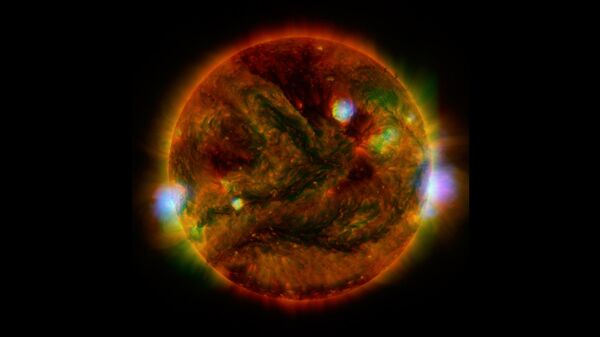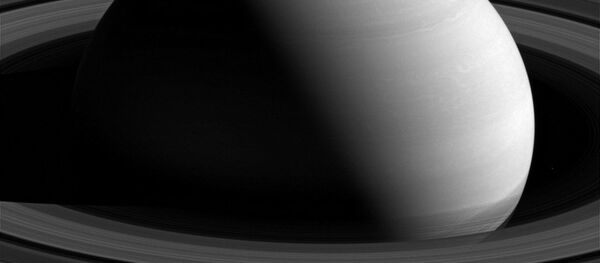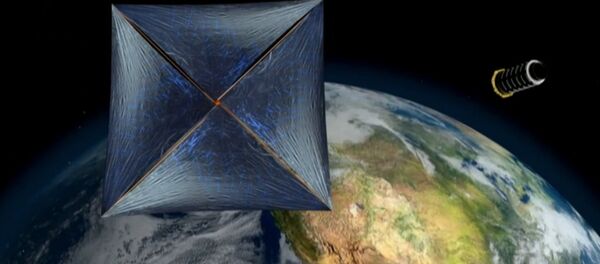"Any practical search for other Galactic complex biospheres/extraterrestrial civilizations should be steered towards the outskirts of the Galactic disk and stellar systems younger than ours," they wrote.
"This is in accordance with our present lack of SETI results. We may not be alone out there after all, but we are older than they are. The room for future studies, both observational and numerical is wide open (both literally and metaphorically)."
A planetary system capable of hosting alien life should be sufficiently distance from a star-forming region with hazardous supernovas, which could present a danger even at a distance of 1,000 parsecs, or 3,262 light years away.
"A nearby stellar explosion or a stellar collision caused by orbital disruption, might turn a planet into a 'snowball,' or a Venus-like world," by changing the atmosphere.
The evolution of cognition and intelligence is regarded as possible only within large and diverse habitats, in which many necessary evolutions could be achieved.
The existence of a rocky planet is conditional on the presence of metals, as heavy metals sink down to the cores of planetary objects during the cooling stage of their formation, and medium weight metals such as silica, magnesium and carbon are the main constituents of mantle and crust.
It is believed that younger generations of stars have a greater abundance of metals, or elements heavier than hydrogen and helium. Older generations of stars are thought to have a lesser abundance of metals because they were formed in the metal-poor early universe.

More than 2000 exoplanets are known so far, and most of them have a higher metal content than our Sun.
In addition, for alien life to flourish a candidate planet should be as close as possible to a circular orbit around its host star, giving it continuity of habitable conditions.



